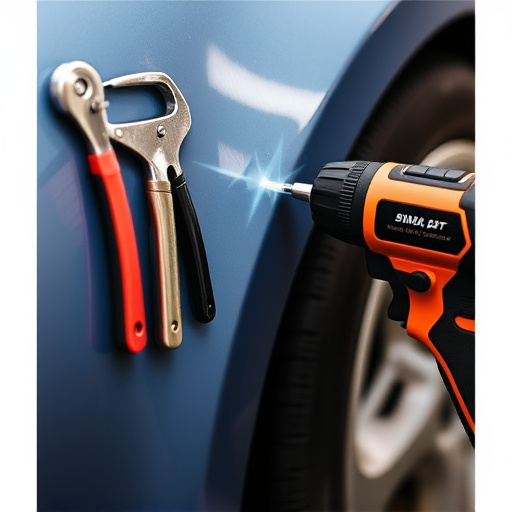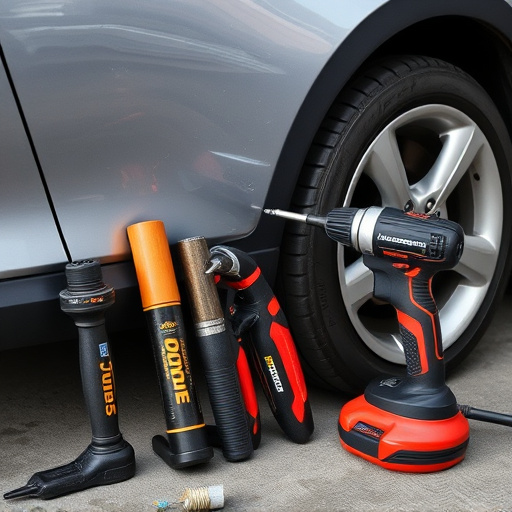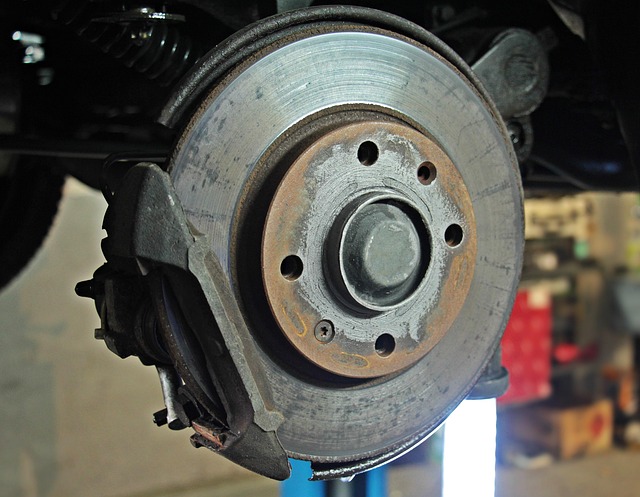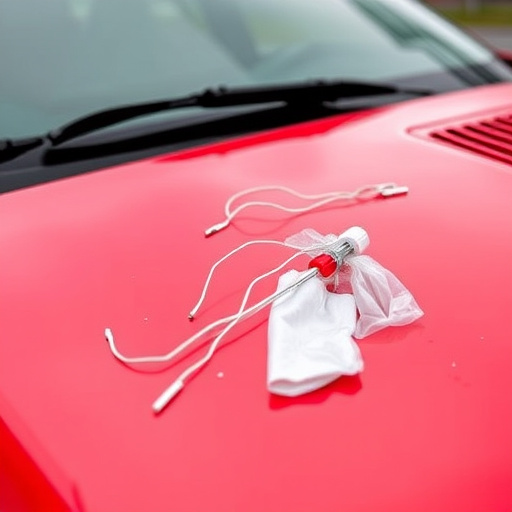In today's digital age, transparency in collision damage repair builds customer trust and strengthens relationships. A transparent process gives owners knowledge about assessments, timelines, and costs, enhancing quality control and accountability. This approach improves customer satisfaction, enhances reputation, ensures better outcomes, and promotes informed decision-making for vehicle body shops.
In today’s digital era, a transparent repair process is not just a best practice—it’s a game-changer. Unveiling the benefits of transparency, this article explores how enhanced openness during the repair process directly supports quality control measures. By delving into enhancing quality assurance methods and building trust through repair openness, we’ll reveal why adopting a transparent approach is crucial for maintaining high standards in technical services.
- Unveiling the Benefits of Transparency
- Enhancing Quality Assurance Methods
- Building Trust Through Repair Openness
Unveiling the Benefits of Transparency

Unveiling the Benefits of Transparency
In today’s digital era, customers increasingly demand transparency in every aspect of their services, and the collision damage repair industry is no exception. A transparent repair process is a game-changer for both repair shops and vehicle owners. By shedding light on the entire procedure, from initial assessment to final reconditioning, it fosters trust and builds strong relationships. Customers appreciate knowing exactly what needs fixing, how long the process will take, and what costs are involved.
This level of transparency has several advantages. First, it enhances quality control measures by enabling vehicle owners to actively participate in decisions regarding their car’s repair. Second, it promotes accountability as the customer can verify the work done and ensure that only authorized and high-quality parts are used, such as those for car dent removal or comprehensive collision damage repair. Ultimately, a transparent process ensures better customer satisfaction and builds a positive reputation for the vehicle body shop.
Enhancing Quality Assurance Methods
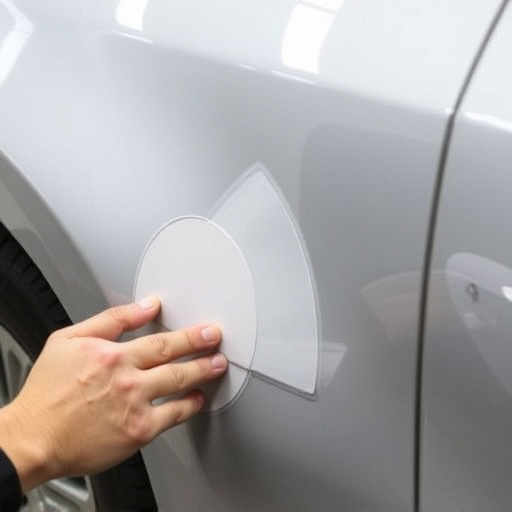
In the realm of collision repair services, implementing a transparent repair process is a game-changer when it comes to enhancing quality assurance methods. This approach allows for better visibility and control over every step of the restoration process, ensuring that only high-quality standards are met. By adopting transparency, collision centers can effectively track and document each repair stage, providing an accurate record for future reference and customer satisfaction verification.
A transparent repair process empowers technicians to make informed decisions, as they have access to comprehensive information about materials, techniques, and industry best practices. This knowledge enables them to adhere strictly to guidelines, ensuring that every collision repair in the center is executed flawlessly. Consequently, the quality of work improves, leading to happier customers and a positive reputation for the collision repair center.
Building Trust Through Repair Openness

A transparent repair process is a powerful tool for building trust between auto repair shops and their customers. By opening up the repair process, businesses can showcase their expertise and integrity. This means providing clear communication about the issues found during inspections, explaining proposed solutions, and sharing details on parts and labor costs. For instance, when addressing a mercedes benz repair or car paint repair, transparent practices ensure that owners understand the work being done and its associated value.
This openness fosters a sense of partnership and encourages customer loyalty. Knowing that their vehicle is in capable hands, clients are more likely to trust the shop to perform high-quality repairs, such as auto glass replacement. It also empowers them to make informed decisions about their car’s maintenance, knowing they have access to all relevant information.
A transparent repair process is not just a best practice; it’s a game-changer for quality control. By enhancing visibility throughout the repair journey, organizations can build trust with stakeholders and ensure superior service delivery. Embracing openness in repairs allows for continuous improvement through data-driven insights and feedback loops, ultimately reinforcing the reliability of products and services. In today’s competitive landscape, implementing a robust transparent repair process is crucial for maintaining a competitive edge and fostering customer loyalty.



